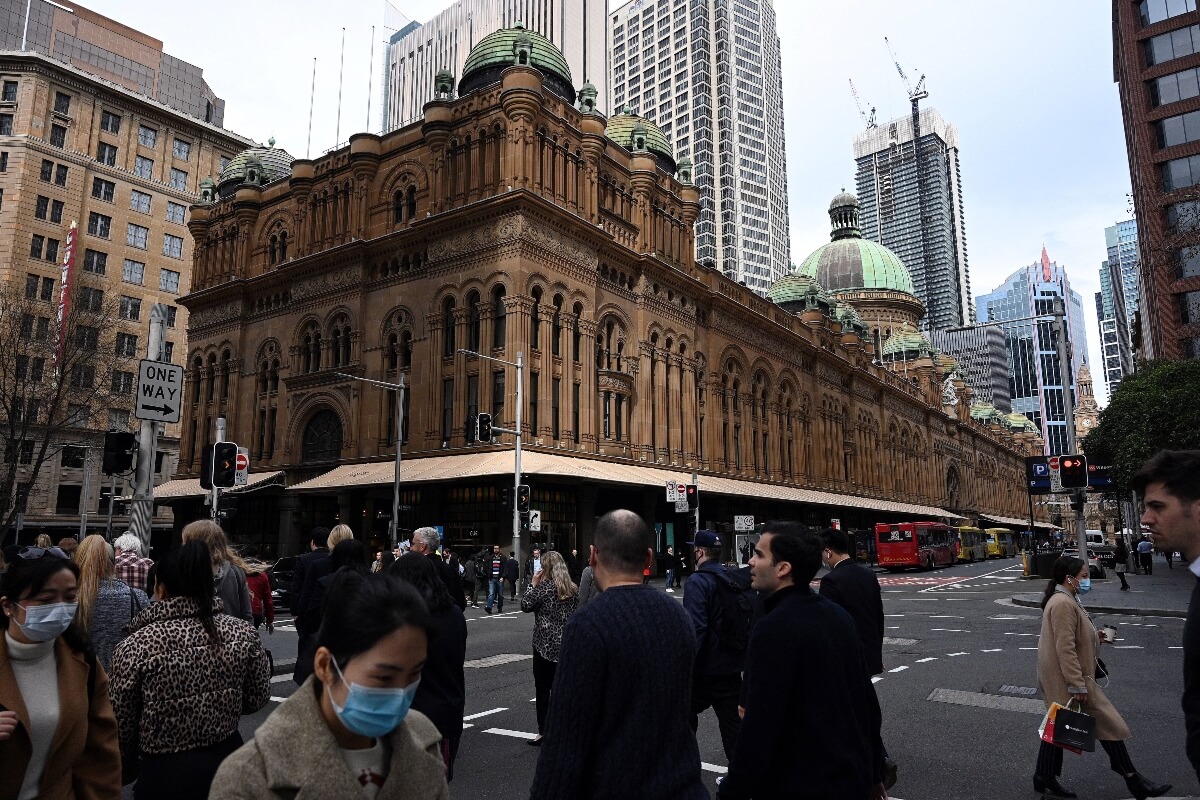
Australia has announced snap or extended lockdowns in cities such as Canberra, Sydney, Melbourne and Darwin due to an uptick in COVID-19 cases. While there is still no official timeframe when pilot schemes — which would enable international students’ return to Australia — would begin, Alan Tudge said effort is being undertaken to get pilot plans up and running to facilitate their return to Australia.
“I have received very good International Student Arrival Plans from South Australia and New South Wales approved by both premiers and chief health officers. New South Wales is obviously now focused on the current outbreak and getting out of lockdown,” said the education minister at the Australian Financial Review Higher Education Summit today (August 16).
“The timing of arrivals in South Australia will need to be worked out by the state government, in consultation with federal agencies. Having spoken recently to the South Australian premier, I know they are still keen to get this going.”
Could uptick in COVID blight international students’ return to Australia?
“As our vaccination rates continue to increase, so too will our ability to welcome back international students,” said Tudge. Once Australia’s vaccination rates reach 70%, that will take the country into the transition phase where they can allow greater capped entry of student visa holders, subject to quarantine arrangements and availability.
“When our borders start to open, I am confident that students will return in significant numbers. The international student experience data that I released recently supports this conclusion, showing that 91% rated their overall living experience in Australia highly,” he said.
When international students return to Australia, Tudge said the country would need to ensure greater diversity, better alignment with skills shortages, and ensure that the student experience of international and Australian students is maximised, added Tudge.

“As our vaccination rates continue to increase, so too will our ability to welcome back international students,” says Tudge. Source: Saeed Khan/AFP
Plunging Indian, Nepali student commencements at Australian universities
While international students’ return to Australia is on pause, Australian universities are suffering plunging commencements. While commencement numbers from Chinese students are up 9.5% from last year, Indian students are down 55%, and Nepalese students are down 40%. Both countries are among the main source countries for student enrolments in Australia.
Tudge’s department’s analysis of the financial data and international student data found that even if international students “roared back in 2022, the impact of the massive decline in commencing students (36.5% since June 2019) will still be felt for several years.”
“I feel for the tens of thousands of international students who would normally be here, studying on our campuses, being part of our community and enjoying our enviable Australian lifestyle,” said Tudge. He said the majority of universities entered this calendar year in a “relatively strong financial position,” thanks in part to government assistance.

Could international students’ return to Australia be further delayed by a surge in COVID-19 cases in the country? Source: Patrick Hamilton/AFP
He said the greatest initial impact of the pandemic on the university sector was from reduced earnings on investments due to weak global equity markets rather than a reduction of international students.
“From the 1.8 billion Australian dollar reduction in revenue from 2019 to 2020, A$1.3 billion was due to reduced investment earnings. Investment earnings were down 57% on 2019 (which was a very strong year for earnings),” he said. “In comparison, at the end of 2020, international student numbers in higher education were down by five on 2019. Even now, in mid-2021, they are still down only 12% compared to the record highs seen in 2019.”
Australian universities that maintained relatively good investment income and were predominantly reliant on Chinese students, as opposed to students from other countries, have maintained very strong financial positions.
He acknowledged that being reliant on one country adds financial risk, reduces the diversity in university classrooms, and can negatively impact the experience for both Australian and international students. “But during the pandemic to date, if you mainly enrolled Chinese students, you maintained a stronger financial position. This has certainly been the case for a university like Sydney,” he said.










